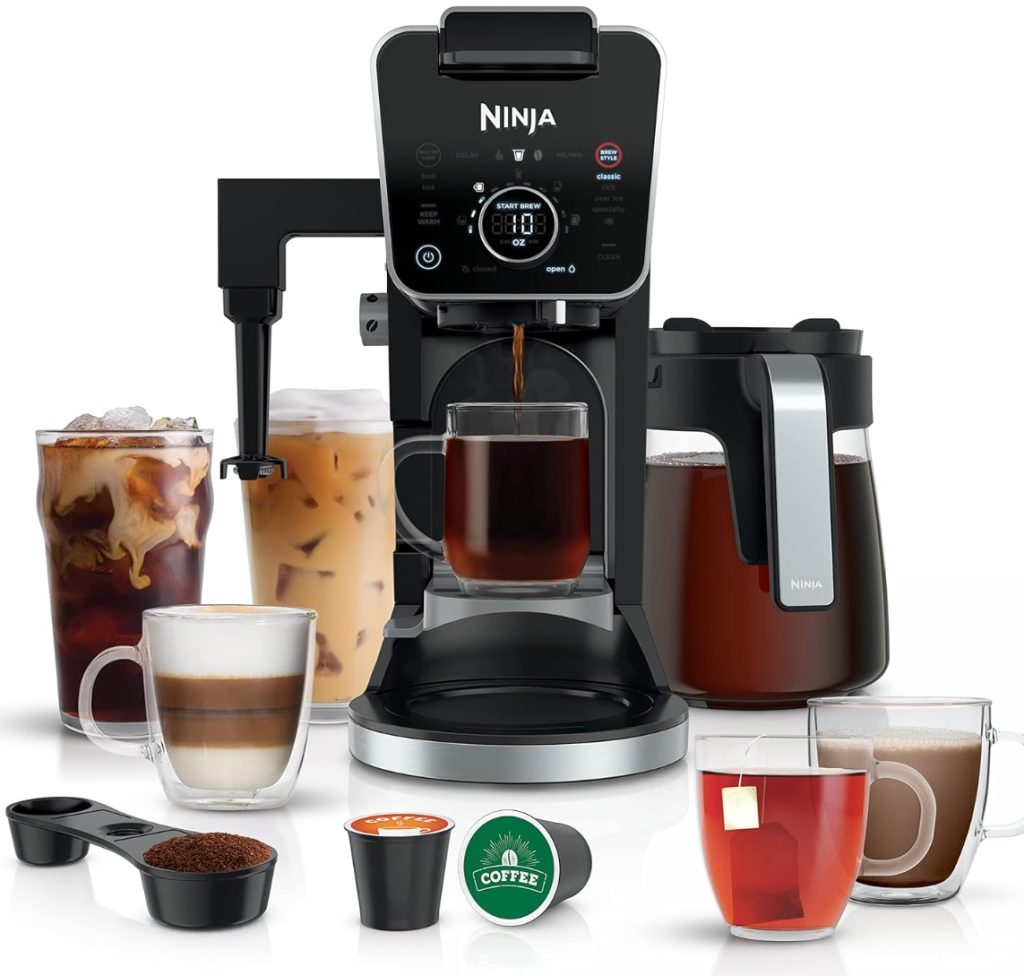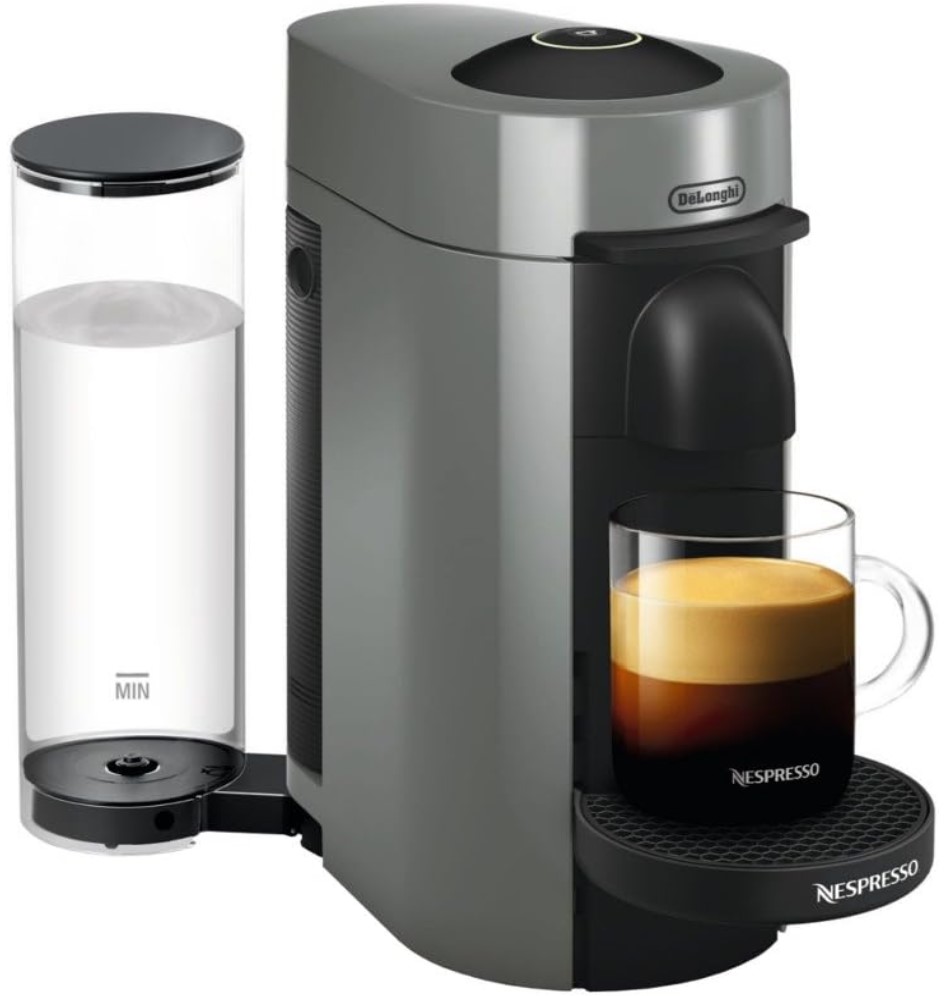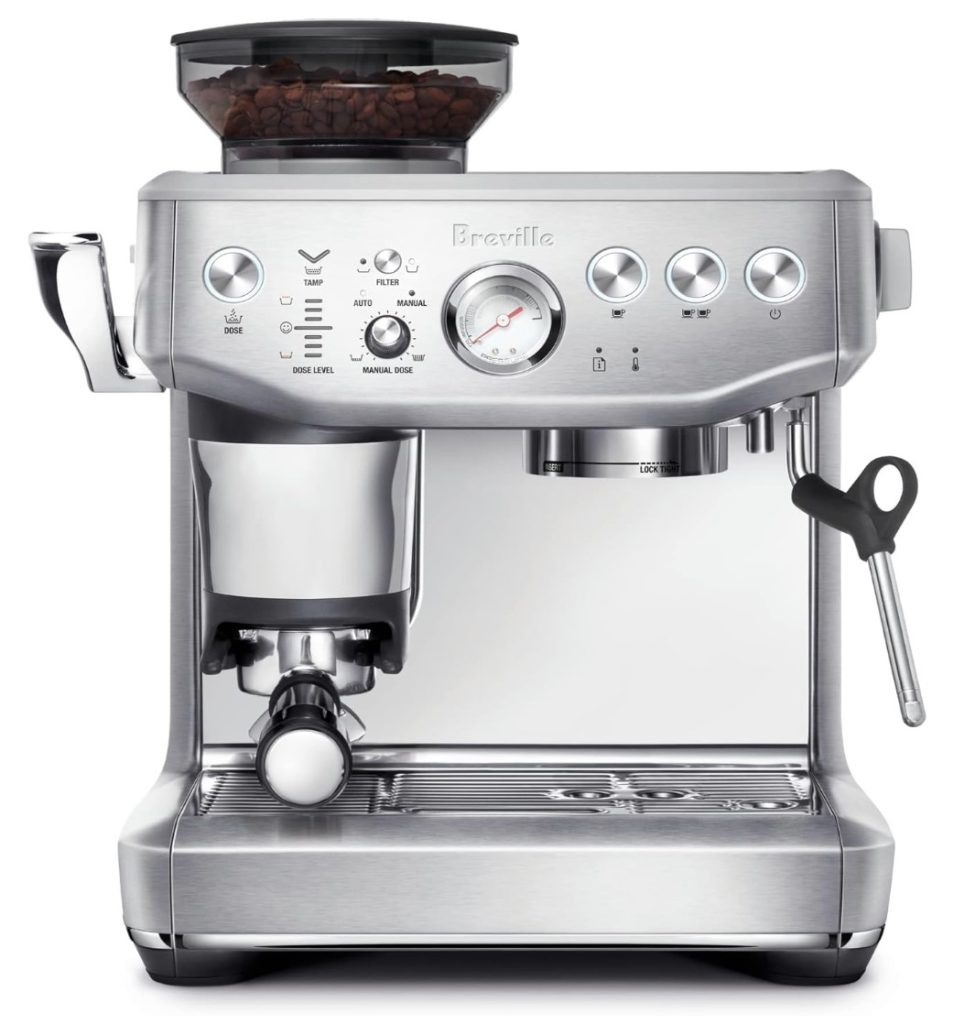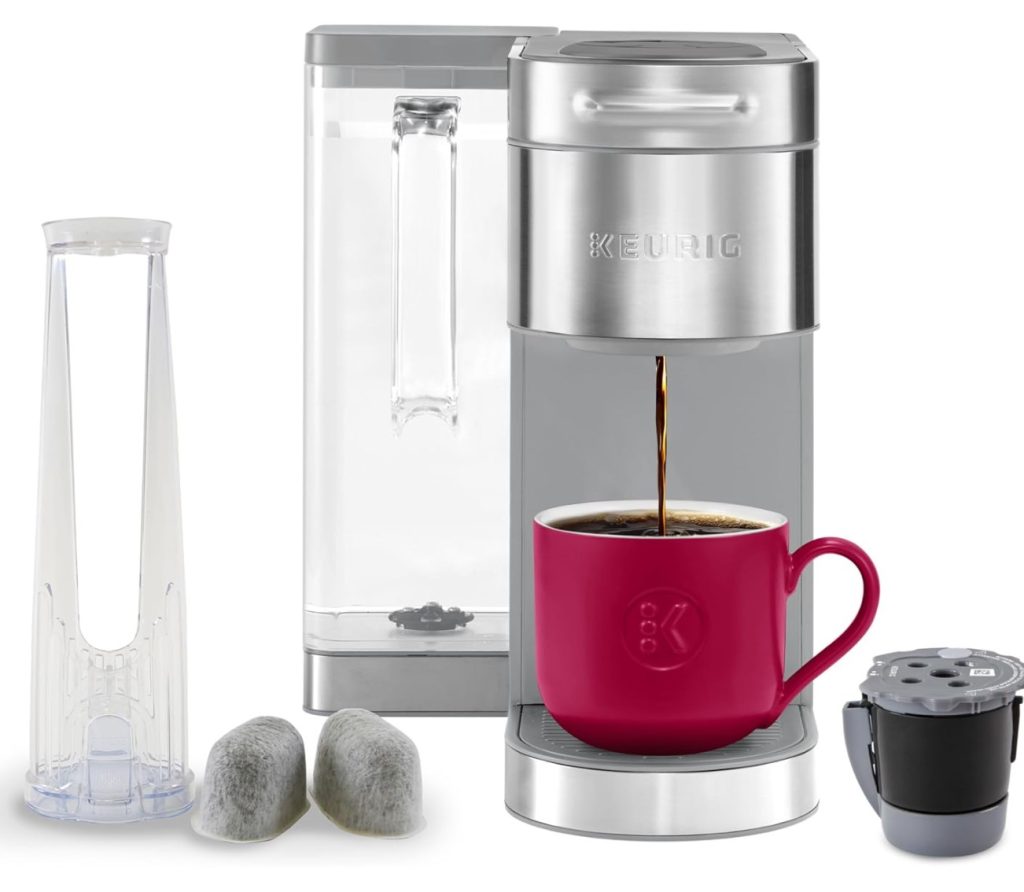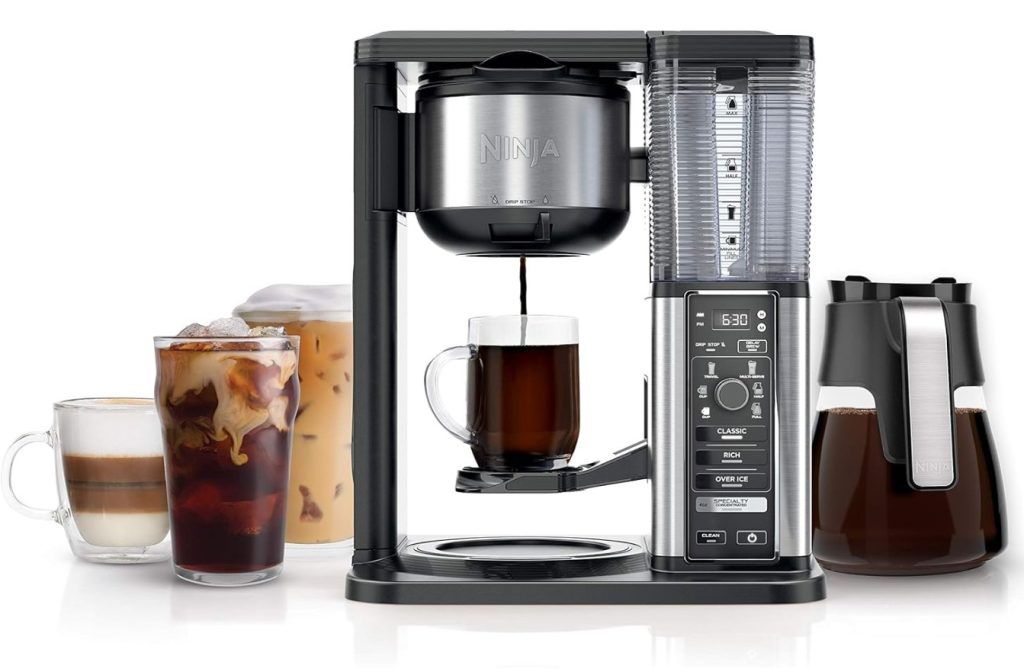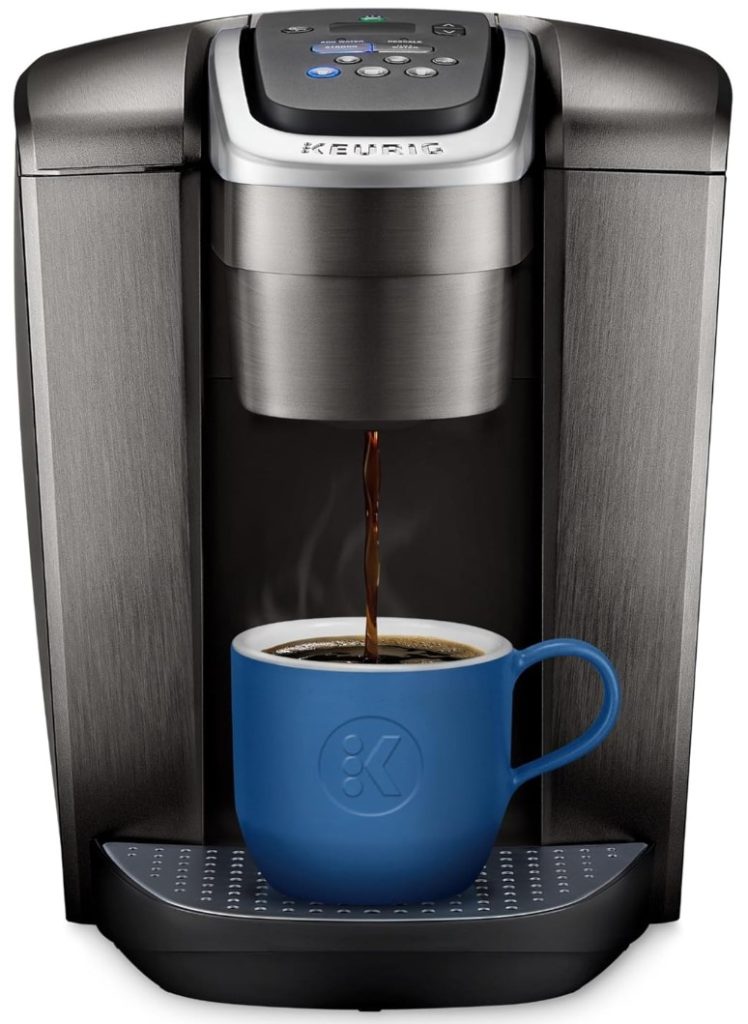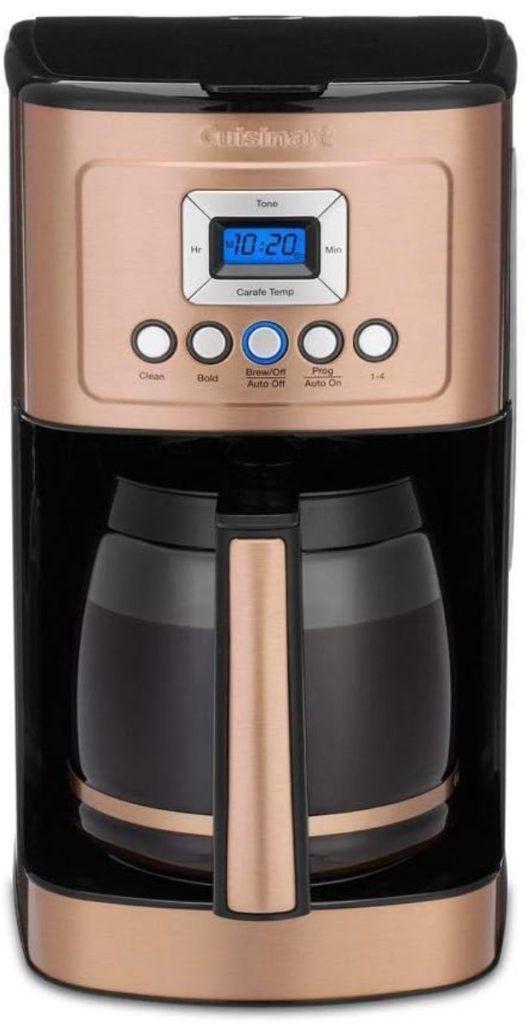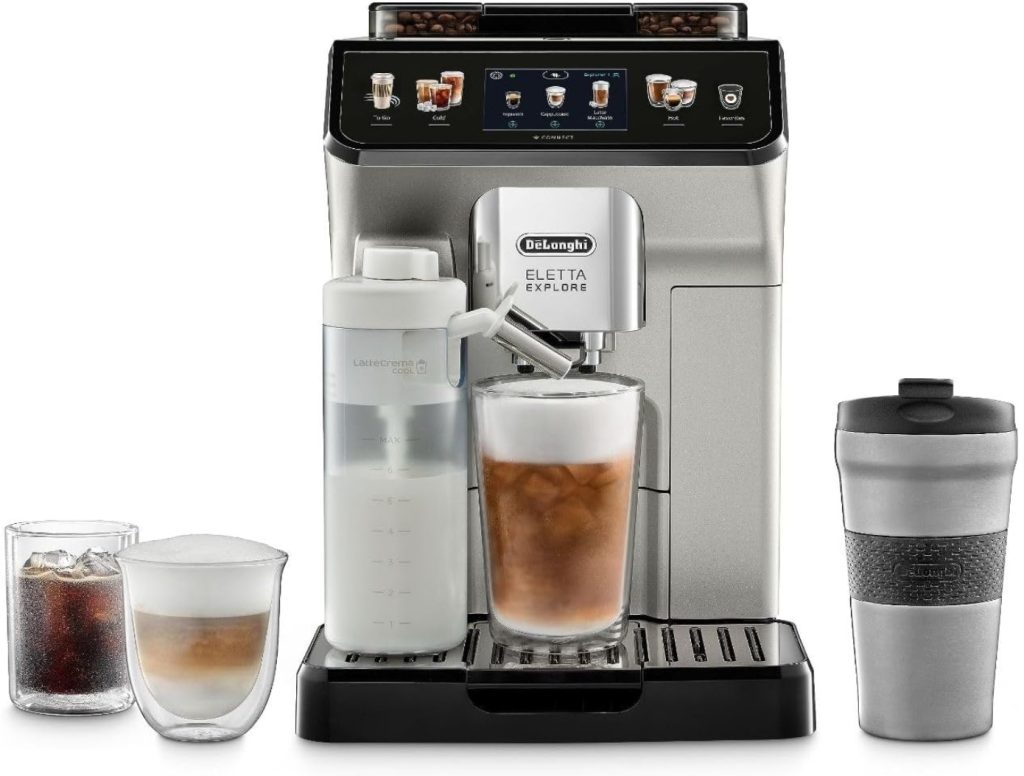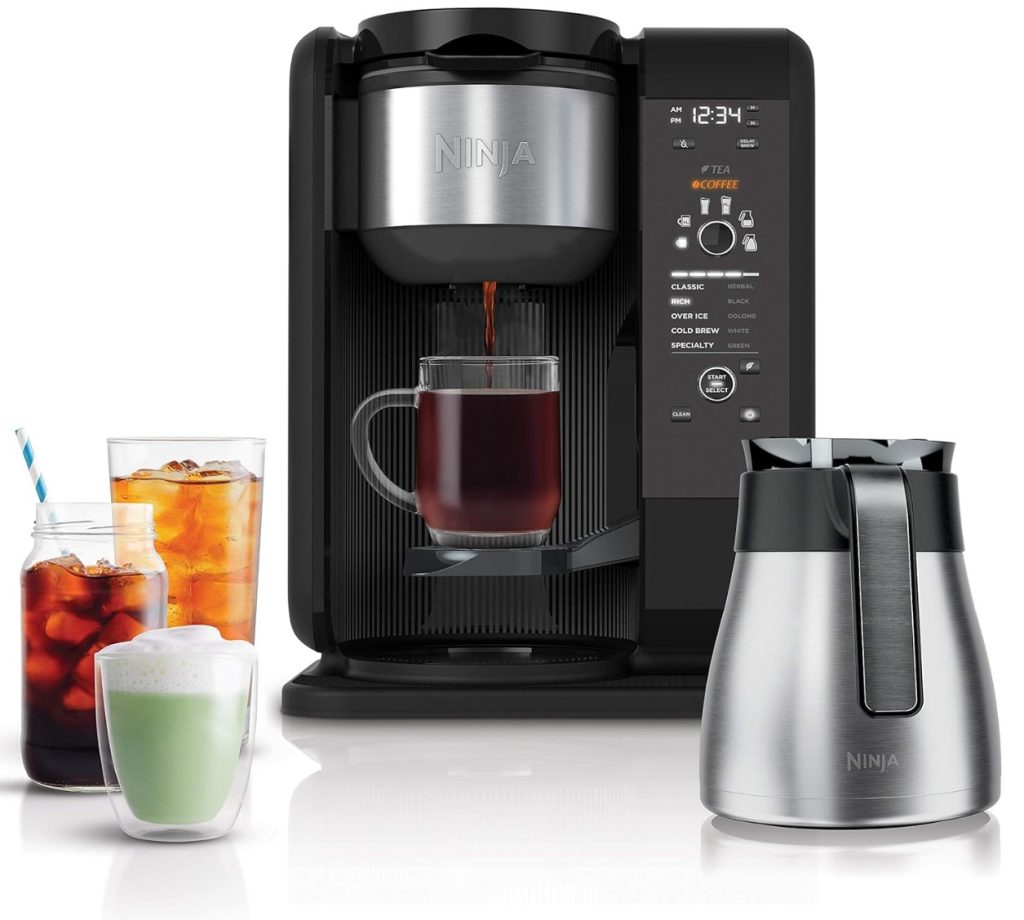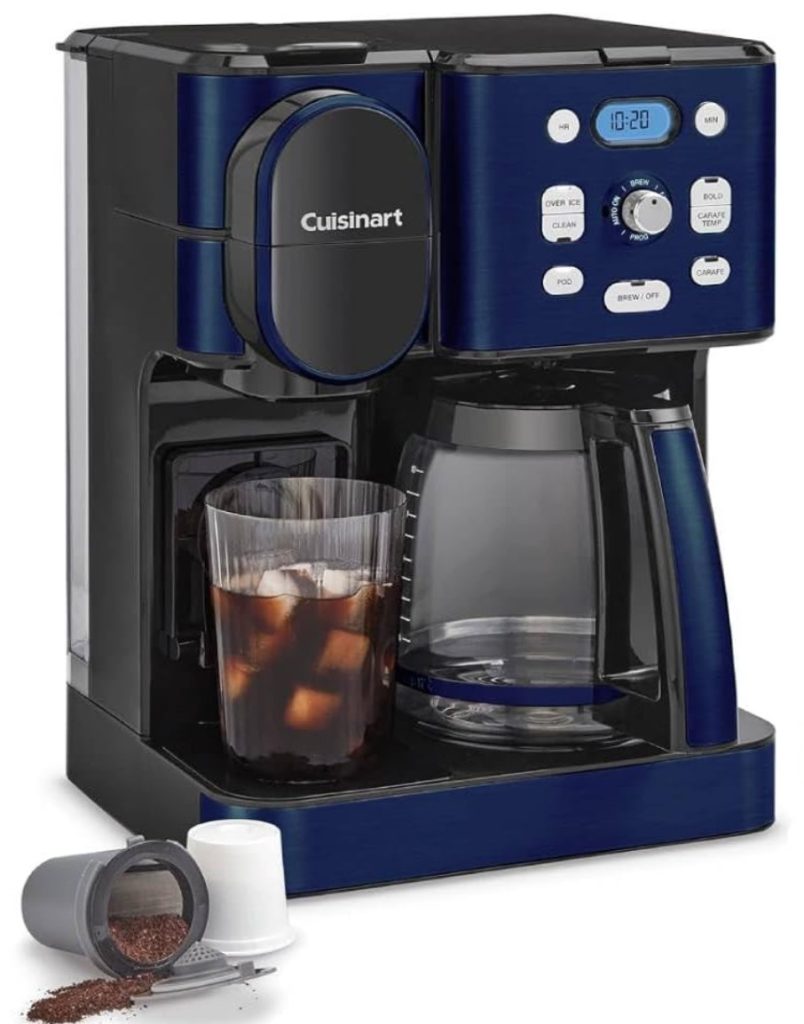Keeping your coffee maker clean is more than just making it look good. Over time, oily sludge and harmful germs build up. Coffee makers are among the germiest places in homes, with many reservoirs having yeast and mold.
Cleaning your coffee maker regularly is key. It makes your coffee taste better, removes harmful stuff, and helps your machine last longer.
If you use your coffee maker every day, clean it once a month. If you only use it sometimes, cleaning every three to six months is enough. Having the right tools, like a coffee maker cleaning brush, makes cleaning easier.
Knowing when your machine needs cleaning is important. Look out for strange noises, a bitter taste, slower brewing, and bad smells. These signs mean it’s time to clean your coffee maker.
A clean kitchen countertop with a coffee maker, surrounded by natural cleaning supplies like vinegar and baking soda, a sponge, and a small bowl of water, bright sunlight streaming in through a window, highlighting the shiny surfaces and the organized cleaning setup.
Key Takeaways
- Coffee makers are the fifth germiest place in homes.
- 50% of coffee maker reservoirs tested contain yeast and mold.
- Daily users should clean their coffee maker once a month.
- Cleaning signs include unusual noises, bitter taste, and slower brewing.
- Regular cleaning ensures better-tasting coffee and machine longevity.
Why Regular Cleaning is Crucial
Keeping your coffee maker clean is key to making great coffee. Coffee oils, grounds, and minerals can ruin your coffee’s taste. Descaling your coffee maker is vital to remove these and keep it working well.
Not cleaning your coffee maker can make it dirty. NSF International found yeast and mold in 50% of coffee reservoirs. Cleaning it often keeps your coffee safe and healthy.
Using the right cleaning products can also make your coffee maker last longer. Hard water can damage your coffee maker. Descaling every month with products like affresh® coffee maker cleaning tablets is a good idea.
A close-up view of a modern coffee maker on a kitchen counter, with a clear focus on the water reservoir filled with a descaling solution, steam gently rising from the machine, surrounding tools like a measuring cup and cleaning cloth, with a bright and clean kitchen environment in the background, showcasing the importance of maintenance and care.
Cleaning coffee stains from your coffee maker is important too. You need to rinse it often and deep clean it sometimes. This keeps your coffee maker working well and looking good.
Many coffee makers have lights and cleaning cycles to help. KitchenAid® coffee makers have these features. Watch for signs your coffee maker needs cleaning, like strange noises or bad-tasting coffee.
Using filtered or distilled water can also help. While not all coffee makers like distilled water, filtered water is better. Regular descaling keeps your coffee maker in good shape and your coffee tasting great.
Tools You Will Need
Keeping your coffee maker clean is key for its life and your health. Daily use can clog it with coffee grounds, oils, and minerals. This can lead to mold, yeast, and bacteria. Cleaning it regularly means you’ll always have great-tasting coffee.
Key Cleaning Supplies
You’ll need some basic tools to clean your coffee maker. A dishrag, a soft brush, and a coffee mug are must-haves. They help get rid of dirt from the carafe, filter basket, and other parts.
For a deeper clean, white distilled vinegar is great. It’s natural and works well for decalcifying. You can also use special coffee maker cleaning products for tough spots.
Alternative Cleaning Solutions
Natural cleaners like baking soda and lemon juice work too. Baking soda removes stains, and lemon juice breaks down minerals. They’re good for the planet and safe for you.
Some coffee makers have automated cleaning cycles. This makes cleaning easy and regular. Cleaning it monthly and descaling every three months keeps it in top shape.
